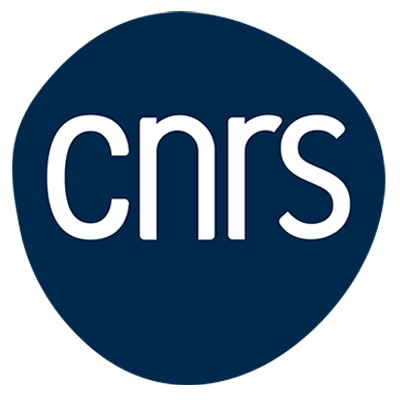IEA Global geometry of projective varieties through birational invariants and foliations
IEA Global geometry of projective
2024 – 2025
Contact:
French Partner :
Erwan Rousseau
Australian partner:
Behrouz Taji
NEWS
Research project
The study of subvarieties in arbitrary algebraic varieties is a classical subject at the center of many works in the last decades especially in connection with the celebrated Lang-Vojta’s conjectures which make bridges between arithmetic, algebraic and analytic aspects. More recently, Campana has generalized this picture introducing the class of special varieties.
Our aim in the current proposal is to investigate several problems related to these fundamental conjectures.
Background
One can trace back the origin of such problems to a celebrated conjecture of Mordell.
Conjecture 1. (Mordell Conjecture, 1922). Let C be a smooth projective curve defined over a number field K. If the genus of C g is ≥ 2 then the set of rational points C(K) is finite.
Conjecture 1 was proved by Faltings (1983) and the picture was generalized to higher dimensions by Lang with the following:
Conjecture 2. (Lang). Let X be a variety of general type defined over a number field K. Then the set X(K) is not Zariski dense.
As already mentioned this conjecture has a geometric and an analytic version:
Conjecture 3. (Lang). Let X be a variety of general type. Then a proper Zariski closed subset of X contains all its subvarieties not of general type. In particular, X has only finitely many codimension-one subvarieties not of general type.
Conjecture 4. (Lang). Let X be a complex variety of general type. Then a proper Zariski closed subset of X contains all its entire curves i.e. non-constant holomorphic maps f : C → X
Despite recent progress for some particular class of varieties, these conjectures are still largely open. Results of Bogomolov [Bog77] and McQuillan [McQ98] establish Conjectures 3 and 4 for surfaces with c²1 > c2. Diverio-Merker-Rousseau [DMR10] have proved Conjecture 4 for generic hypersurfaces of large degree in projective spaces. More recently, Brotbek [Bro17] proved that such generic hypersurfaces of large degree are in fact Kobayashi hyperbolic i.e. do not admit any entire curve. Thanks to results of Faltings and Noguchi-Winkelmann-Yamanoi these conjectures are also known for subvarieties of abelian
varieties.
More recently Campana [Cam04] has generalized the conjectural picture of the distribution of rational points, subvarieties and entire curves in algebraic varieties introducing special varieties. They correspond to varieties which do not dominate varieties of general type taking into account the orbifold Q-divisor which encodes multiple fibres. Nonspecial varieties generalize varieties of general type. X is nonspecial if it admits many holomorphic differential forms in the following sense: there exists a rank 1 coherent subsheaf L ⊂Ωx,p
of maximal Kodaira dimension k(L) = p. Varieties of general type correspond to the case p = dim X. Then Campana proposes the following generalization of the previous conjectures.
Conjecture 5. (Campana). Let X be a variety defined over a number field K. Then the set X(L) is Zariski dense for some finite extension K ⊂ L if and only if X is special.
Conjecture 6. (Campana). Let X be a complex variety. Then X admits a Zariski dense entire curve if and only if X is special.
Institutions and laboratories involved
France
Laboratoire de Mathématiques de Bretagne Atlantique- LMBA, Université de Brest
Australia
University of New South Wales, Sydney
